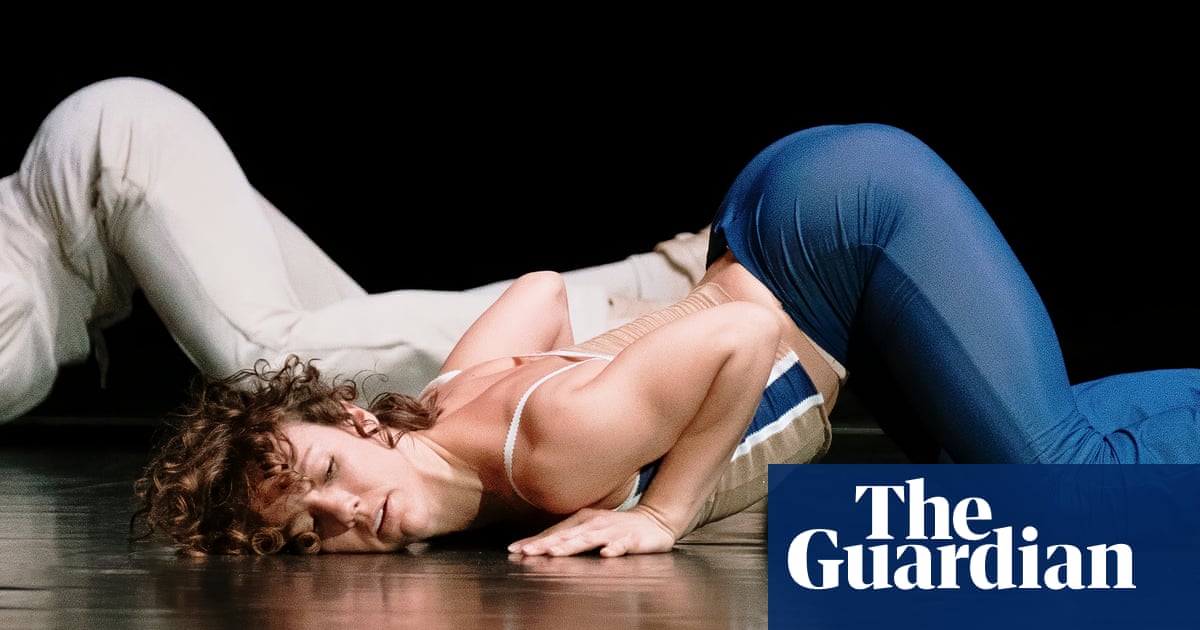
During the endless screen time of 2020’s lockdown, a series of dance films cut through the digital noise. There Is No Standing Still, the films by US choreographer Alonzo King, found dancers embedded in their environments, dancing in woods and gardens, on mountains and beaches, against urban concrete in the San Francisco sun. Their movements were arresting, with exquisite technical abilities and copious soul.
For King, it was a return to the source. “Nature is everything,” he says. “That’s the first pirouette: in whirlpools and eddies and the Earth on its axis going round the sun. The rising and falling, the mechanics and physics, it’s all in ballet. People think ballet started with Catherine de’ Medici – no, it’s much deeper than that.”
King has the reputation of a sage. His deep, warm voice and unhurried delivery draw you in and the same qualities of integrity and gravity are in his dance. The multi-award-winner has been creating work for his company, Lines Ballet, since 1982, as well as choreographing for American Ballet Theatre, Ballett Frankfurt, Les Ballets de Monte Carlo, Royal Swedish Ballet and others. But you can count on one hand the times his work has been staged in the UK.
One young dancer greatly affected by King’s teaching was Benoit Swan Pouffer, now artistic director of Rambert. Pouffer performed in the original cast of King’s Following the Subtle Current Upstream in 2000, and has now brought King to London to stage that work with Rambert.
In a studio on the south bank of the Thames, dancers strip off their layers ready to run through its steps. Music by tabla virtuoso Zakir Hussain strikes up through the speakers, and on the floor clear geometry gives way to scrolling turns and movement thick and smooth as pulling toffee. The company dance with self-possession. It’s abstract, but not meaningless. “What people call abstract is based on some idea that’s so large you have to put it into symbols, just like in algebra,” says King. “These works are really thought structures. They’re treatises.”
King’s choreography is rooted in ballet but draws on a wealth of other ways of moving and looking at the world. He trained at New York’s leading ballet schools but his first teacher was his mother. “She was an amateur, and she moved beautifully. I would just watch her and be in awe … She liked to be ‘in’ the music instead of ‘on’ it.” Watching her, and dancing with her, “dimmed the outside world”, he says.
His father, Slater King, was president of the Albany Movement, a civil rights coalition in Georgia. Martin Luther King (no relation) and Malcolm X were visitors to the house. “Because my father was a successful businessman, he helped a lot of organisations and put a lot of people through school. He practised what he believed in. There was no separation between what he spoke and how he lived. That is inspiring and intimidating.”
“As a kid, when you’re around that kind of power and energy, wow, it’s deep,” he says. But it wasn’t just politicians passing through his house. “There were also musicians, singers, dancers, from all different cultures,” says King. “I remember some Ethiopian women teaching me dances, and sculptors carving, and musicians playing their instruments.”
By comparison, school seemed boring, but a few teachers in dance and theatre brought their subjects to life. “You didn’t have to idle and daydream. You were actually living instead of disappearing [into your head] in order to feel something.”
Politics has stayed with him and his family – his cousin is Baroness Oona King. Even though King doesn’t make dance with overt messages, he would absolutely say his work is political. It’s about how you carry yourself through life, how you treat other people. “The bottom line is character,” he says, meaning that when you see conscientiousness and love, humility and sincerity on stage, “that will blow you away, more than any execution of skill”.
“The first thing about someone’s movement is: is there truth?” says King. “That means not only is it technically accurate, but where is it coming from and what is it saying?” He likens it to faking a smile: moving muscles without inhabiting a true feeling. “Oftentimes when people are talking about peace, they’re yelling and screaming,” he says. “How can you talk about peace when there’s no internal peace? We have a lot of war inside ourselves and that’s why we put it in the outside world … If you want to change the world, change yourself.”
King sounds more like a spiritual leader than a dance-maker. “The antidote to hatred is love,” he says, and you find yourself nodding and silently vowing to be a better person. “People think of love as a sentiment, but it’s a force and a power.” He talks about a solo, one dancer supported by three others, “going through the difficulty of obstacles and the fire that we all have to confront, and whether we know it or not there are invisible forces that support us”.
King’s dances aim to show people transforming, connecting and embodying a higher ideal about how to be. “This is a life of service,” he says of the dancer’s vocation, and it doesn’t sound lofty or luvvie, just truthful. “When you go to see someone on stage, you want them to inspire you into living a richer, fuller, more committed life,” he says. “Dance in its ultimate sense is showing you how life can be lived.”












